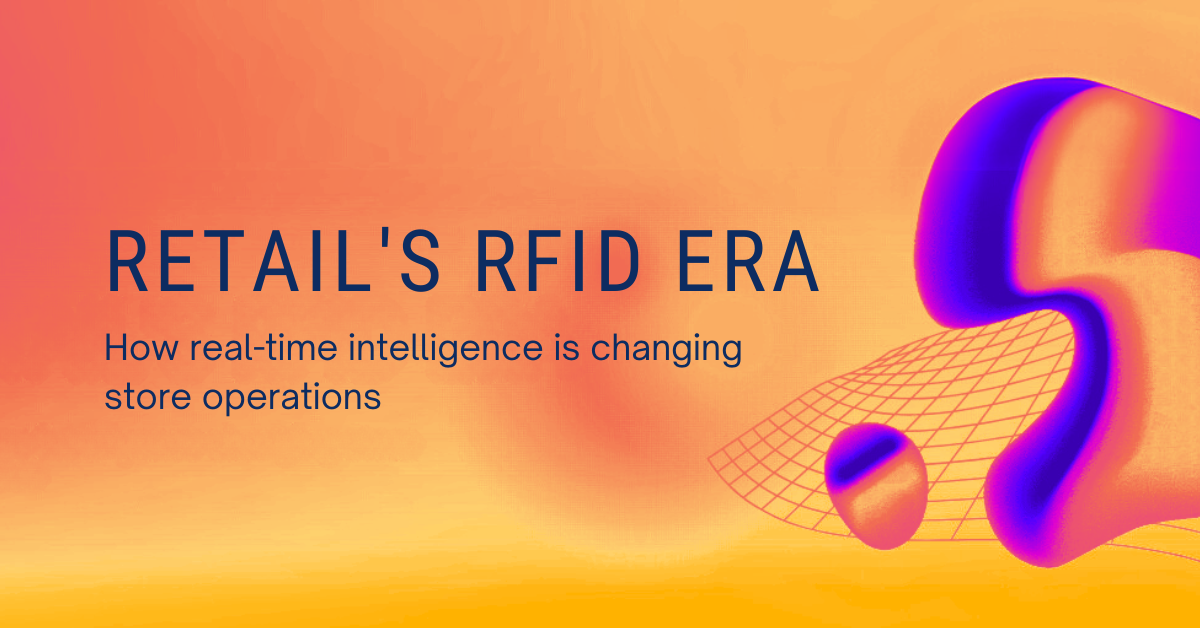


Remember when shopping meant wandering through endless aisles, hoping to find what you needed? For most of us, those days have become a distant memory. Today’s retail experience is much more precise – and it’s powered by intelligent, data-driven store operations that make it easier for shoppers to find and buy exactly what they want.
The numbers tell a compelling story. 80% of all U.S. retail purchases still take place in brick-and-mortar stores, proving that physical retail isn’t just surviving; it’s thriving. But success in this environment requires more than just opening doors and hoping for the best. It demands operational excellence that seamlessly blends cutting-edge technology with human insight.
Here’s the reality that keeps retail executives up at night: operational inefficiencies aren’t just annoying – they’re profit killers. When employees are trapped in time-consuming, low-value tasks instead of helping customers, you’re not just losing productivity; you’re losing the very essence of what makes shopping in a store special: the human connection.
Picture this scenario: A customer walks into your store looking for a specific item. Your associate spends 15 minutes searching through disorganized stockrooms, checking multiple systems, and eventually admits defeat. That’s not just a lost sale – it’s a damaged relationship with a customer who might never return. Multiply this by thousands of daily interactions, and you’re looking at a significant competitive disadvantage.
The culprits behind these inefficiencies are surprisingly common:
RFID-powered retail intelligence isn’t just another tech trend. It’s a fundamental shift in how smart retailers operate.
Think of RFID like giving your inventory a voice. Every item can now communicate its location, status and availability in real time. This GPS-like precision doesn’t just improve accuracy; it completely changes how your team works. Associates can locate products instantly, customers get reliable information about availability and your omnichannel promises become a reality.
The impact extends far beyond simple tracking. Studies have found that retailers using RFID tags have up to 13% more accurate stock levels than those relying on traditional methods. In an industry where margins matter and customer satisfaction is everything, that level of improvement isn’t just helpful – it’s revolutionary.
Here’s where it gets really interesting. Modern retail technology isn’t just about knowing where things are. It’s about understanding what that data means and acting on it intelligently. AI-driven platforms are now capable of:
Predictive task allocation: Instead of leaving associates to figure out priorities, intelligent systems automatically assign the right tasks to the right people at the right time. It’s like having a super-smart operations manager that never sleeps.
Dynamic pick path optimization: Why should associates wander around when technology can guide them along the most efficient routes? This isn’t just about saving steps or order fulfillment time – it’s about respecting your team’s time and energy.
Real-time replenishment intelligence: Stockouts become a thing of the past when systems can predict demand patterns, recognize inventory movement and trigger restocking automatically. Your shelves stay full, your customers stay happy and your revenue stays strong.
Seamless omnichannel execution: When a customer orders online for pickup, your team knows exactly what’s available, where it’s located and how to get it ready efficiently. No more disappointing “sorry, we’re out of stock” conversations or emails.
Let’s talk ROI. 61% of retailers plan to be using RFID by 2026, and there’s a good reason for this mass adoption. The business benefits of combining RFID tracking with a real-time, AI-driven platform are measurable and immediate:
The customer experience evolution is equally impressive. When associates aren’t searching for inventory, they can focus on what humans do best: providing personalized service, building relationships and creating memorable shopping experiences.
The stores of tomorrow won’t just be places to buy things – they’ll be intelligent ecosystems where technology and human expertise combine to create experiences that simply weren’t possible before. Imagine walking into a store where:
This isn’t science fiction – it’s the natural evolution of retail operations enhanced by AI and real-time data.
RELATED READ: The Retail Revolution: What will shopping look like in 2030?
The path forward is clear: evolve your store operations from reactive to proactive, from manual to intelligent, from inefficient to optimized. The technology exists, the business case is proven and the competitive advantage is waiting to be claimed.
Your customers are waiting, your associates are ready and the real-time platform is here. Get a demo of gStore today >>